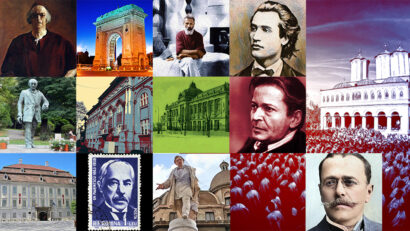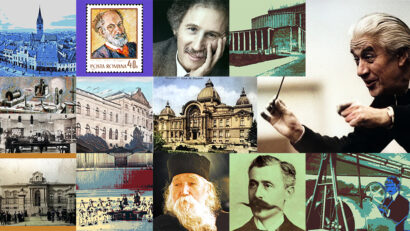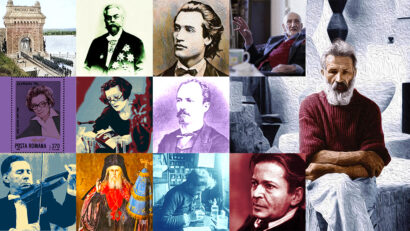Radio University
Radio had a major educational role in its early years. Many intellectuals, politicians and social thinkers believed that it could offer continuous education for the masses, in a precarious economic and cultural situation, lifting them up to the condition

Steliu Lambru, 06.07.2013, 12:24
Radio has been used for politics, for culture, propaganda and entertainment. Radio has also meant science education, and the feature that opened the road was Radio University. As the name indicated, Radio University, which debuted in 1930, was meant as a tool to propagate science and culture, since the two often walk hand in hand. Radio University was a platform for intellectuals to disseminate science and culture in a way easily understood by regular people, especially those lacking education.
Throughout political changes, or better said in spite of them, Radio University was one of the few radio features to stand the test of time, due to its prestige and to the fact that even dictatorial regimes put up with it, understanding the value of science and culture in inculcating their ideology.
The most prestigious names in Romanian science and culture have been heard on air as part of that feature, as either guests or lecturers. The feature allowed millions of people to hear what previously only a select few could, in university auditoriums. Shortly after Radio Romania had started broadcasting for the first time ever, on March 1, 1930, more exactly, that prestigious feature had its opening edition, and became the longest lived and most popular science and culture show in the history of the Romanian media. Its structure was simple: three lectures of about 20 minutes between 7 and 8 p.m.
On July 31 1934, legal consultant Radu Patrulius opened a series of lectures with a talk called “The Role of Elites”. Patrulius said that being a member of an elite was similar to being part of a brotherhood, in which the individual constantly strives to better himself, and is never content with the things he knows. He has to break through the barriers of knowledge, of cognitive conformism, to find explanations for the things that cannot be unexplained or that are insufficiently explained.
The member of an elite has to be a scientist, but also needs noble traits to help him keep above the pettiness of life, and dedicate himself to the good of the community. This idyllic vision of the scientist was similar to that envisaged for artists in the 19th century, rising above the lust for material things, living for the eternal glory of his breakthroughs.
In its over 80 years of existence, Radio University was a voice for the best in Romanian science. Mondays were usually reserved for science, and each consecutive day of the week had another focus. The first great name in Romanian science to be invited as a guest was biologist Grigore Antipa, the founder of the museum of natural history in Bucharest.
On 16 February 1933, he raised an issue that had less to do with sciences: why are Romanians so poor in such a rich country? Antipa concluded that Romanians, in spite of their intelligence and capacity for hard work, were handicapped by the shortcomings of their ruling classes, that failed to channel the energies of the people in a good direction. As such, he was blending science, politics and the economy.
Grigore Antipa was thus the first great name to take up the microphone in the attempt to raise awareness of important issues across the nation. A whole array of the greatest names in Romanian sciences followed his lead, such as geographer Simion Mehedinti, archeologist Vasile Parvan, sociologist Dimitrie Gusti, historian Constatin C. Giurescu, aesthetician Eugen Lovinescu, and physician Gheorghe Marinescu, to name just a few.






























